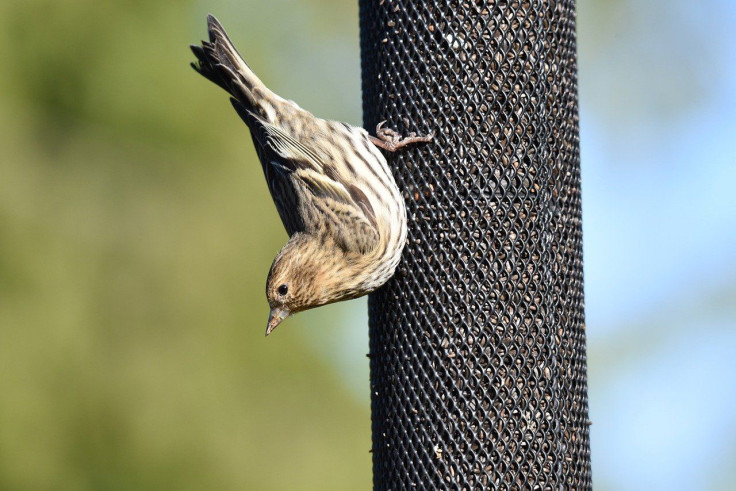Salmonella Outbreak Linked To Songbirds Sickens People In 8 States
KEY POINTS
- Oregon and Washington appear to be the most affected states
- The outbreak has so far sickened 19 people
- CDC noted that the real number could be "much higher"
Authorities are investigating a Salmonella outbreak that has sickened over a dozen people from eight states. The cases, authorities say, appear to be linked to wild songbirds.
The Centers for Disease Control and Prevention (CDC) announced Thursday that it is currently investigating a multistate outbreak that has so far sickened 19 people, eight of whom had to be hospitalized.
The illnesses began on dates ranging from Dec. 26, 2020, to March 16, the CDC noted in the investigation details. The people who fell ill ranged in age from two months to 89 years old.
Multistate Outbreak
As mentioned, the cases have been reported in eight states. These are California, Kentucky, Mississippi, New Hampshire, Oklahoma, Oregon, Tennessee and Washington.
Based on the map of cases, Oregon and Washington are the most affected states, with five and six cases, respectively. The other states reported one case each except for California, which logged three cases.
However, the CDC noted in its investigation details that it's quite likely that the real number of cases is "much higher" because many of the people who got sick from Salmonella just recovered from it without getting medical care. As such, they weren't tested for the bacteria.
Even if they were tested, it could take a few weeks to determine if they were indeed a part of the outbreak.
Wild Songbirds Outbreak
According to the agency, data suggest that the cases are linked to wild songbirds such as pine siskins.
Testing the bacteria from patient samples revealed that they are genetically closely related, suggesting that they likely got infected from the same source, the CDC explained. Moreover, when officials in Oregon and Washington tested the Salmonella samples from sick or dead wild pine siskins, they also found them "closely related" to those found from people.
Furthermore, when health officials interviewed 13 of the people who fell ill, nine said they had a bird feeder and two reported getting in contact with a dead or sick bird.
Experts have been urging people to take down their bird feeders because of a Salmonella outbreak that has been killing the birds in recent months. Among them, pine siskins appeared to be the most affected.
What You Can Do
Birds can still look healthy even when carrying germs, the CDC said in its investigation notice. One can get sick by simply touching the mouth with unwashed hands after having contact with birds, bird feeders, or other items exposed to wild birds.
As such, the agency recommends cleaning and disinfecting bird feeders weekly or when they are already physically dirty. It's better to do this outdoors and away from places where food is prepared. The CDC provided five simple steps to disinfecting bird feeders, the last step being to wash the hands thoroughly after contact.
However, anyone who finds a sick or dead bird should remove their bird feeder and birdbath for two weeks and disinfect them. It's also important to report the sighting to your state's wildlife agency.

© Copyright IBTimes 2025. All rights reserved.






















